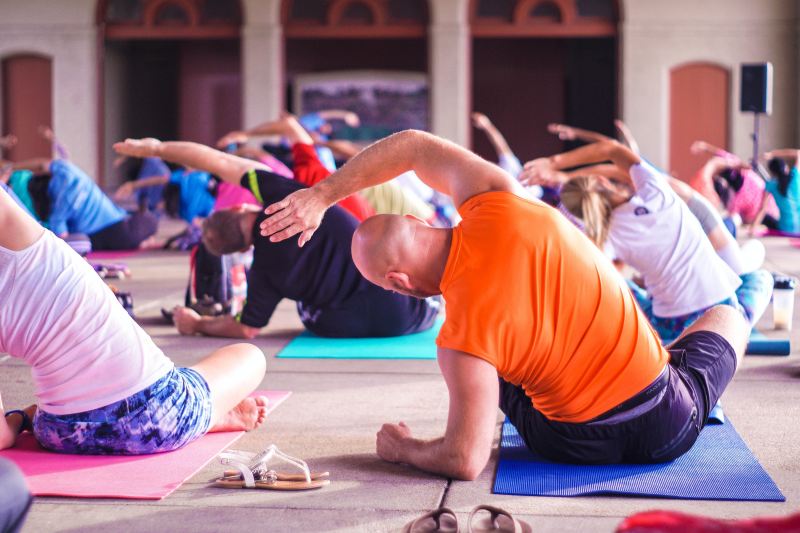We’ve all heard about ‘the power of the mind’ and the ‘mind-body connection.’ Somatic workouts are one of the latest fitness trends that are picking up steam. Instead of challenging you to do a certain number of push-ups or eat a specific amount of protein, somatics is more about accessing your emotions and supporting your mental health through the power of movement. It might sound a little airy fairy to some, but it’s been around for a long time. There are several benefits, and it draws from ancient Eastern philosophy and healing practices. Let’s look at what somatic workouts are, the benefits, and tips to get started.
What is somatic movement?

Somatic movement involves moving with full-body awareness and focusing on how your body is feeling rather than accomplishing a specific fitness goal. The idea is to connect your body and mind to release trauma, improve mood and mental health, and listen to signals from your body on imbalance, discomfort, and pain.
The history of somatic movement

Somatics has a long history. An educator called Thomas Hanna coined the term in 1970 to describe movement and relaxation techniques that help people increase bodily awareness. Many somatic therapies and movements draw from ancient Eastern healing practices and philosophy, such as qi gong and tai chi. Somatic psychotherapy addresses the physical effects of anxiety, trauma, muscle tension, sleeping difficulties, chronic pain, and more. A somatic therapist might use relaxation techniques, breathing exercises, meditation, and traditional talk therapy.
Examples of somatic exercises

You can try different types of somatic exercises, including:
- Body-mind centering
- Laban movement analysis
- Alexander technique
- Feldenkrais method
The most well-known examples include:
- Yoga
- Breathwork
- Dance
- Pilates
- Aikido
- Martial arts
- Tai chi
Yoga moves like child’s pose and the seated spinal twist are excellent examples of somatic movements that feel good for your mind and body.
What does the research show?

More research is needed on the benefits of somatic exercise. Some research on Laban movement analysis reveals that increasing awareness of your movements and posture can help promote a more positive emotional experience and diminish unwanted emotions. Research shows that somatic experiencing could help address the negative symptoms and effects of trauma, even if those symptoms had been there for years.
Another study indicates that the Rosen Method bodywork could decrease fatigue and pain for those living with chronic back pain by promoting increased bodily and emotional awareness using words and touch. The Feldenkrais method has been proven to be a beneficial treatment for chronic back pain.
Concluding thoughts

One of the biggest benefits of somatic workouts is that you don’t have to worry about meeting a specific




